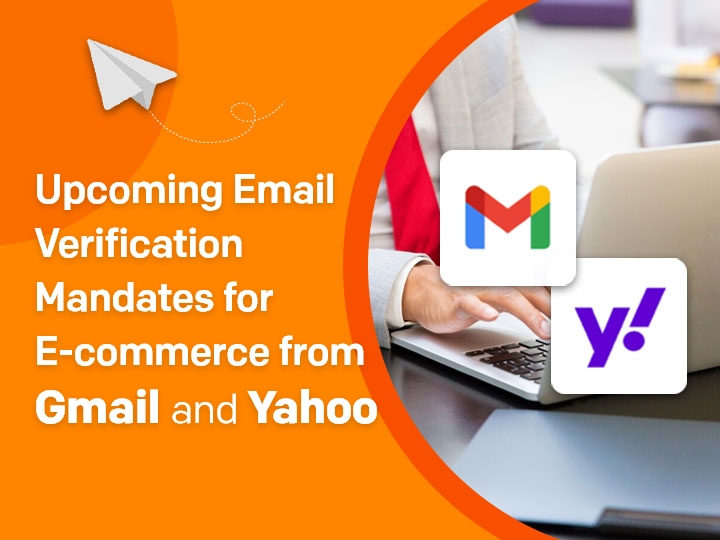

Starting February 2024, Gmail and Yahoo are setting new authentication standards for bulk email senders. This article will guide you through these updates and help you prepare your business for the changes.
Gmail and Yahoo are now requiring businesses that send bulk emails to implement stronger email authentication protocols. This involves the addition of a DMARC (Domain-based Message Authentication, Reporting, and Conformance) record for any domain used to send branded emails.
Google Mail explains that even though their systems block a significant amount of spam and malicious emails, the sophistication of email threats has evolved. They emphasize the importance of verifying sender identity to protect users from spam and phishing attacks.
For businesses like Shopify stores that send emails from branded addresses, it’s essential to have a DMARC record in place, authenticate the email, enable easy unsubscribe options, and maintain a low spam complaint rate.
While Google specifies the rule for those sending over 5,000 emails per day, Yahoo’s criteria are not clearly defined. It’s advisable for all businesses, regardless of size, to adhere to these guidelines.
1. Implement Email Authentication Protocols Set up DKIM, SPF, and DMARC for your domain. This will help in asserting the legitimacy of your emails and safeguarding against malicious activities.
2. Simplify the Unsubscription Process Ensure your emails contain a straightforward, one-click unsubscribe option, and process these requests promptly.
3. Maintain a Low Spam Complaint Rate Keep your spam complaints below the threshold of 0.3%. Regularly monitor your email performance to stay within this limit.
4. Avoid Using Gmail or Yahoo in ‘From’ Addresses. Switch from using @gmail.com or @yahoo.com addresses to ones that include your business’s domain.
5. Establish a Branded Sending Domain. Use a branded sending domain for better control and improved email deliverability. This will be mandatory for significant email senders to Gmail and Yahoo inboxes starting February 2024.
6. Match Your ‘From’ Address with Your Domain Ensure that the ‘from’ email address aligns with your branded sending domain for DMARC compliance.
Shopify has alerted its users to these changes, cautioning that non-compliance may lead to Shopify altering the sender’s email address to a generic one. This could impact your brand’s visibility and email effectiveness.
Adhering to these new standards is crucial for maintaining your email’s integrity and effectiveness. Familiarize yourself with terms like DKIM, SPF, and DMARC to fully understand and implement these changes.
Need help navigating these new email marketing waters for your Shopify store? Don’t hesitate to get in touch for expert assistance.